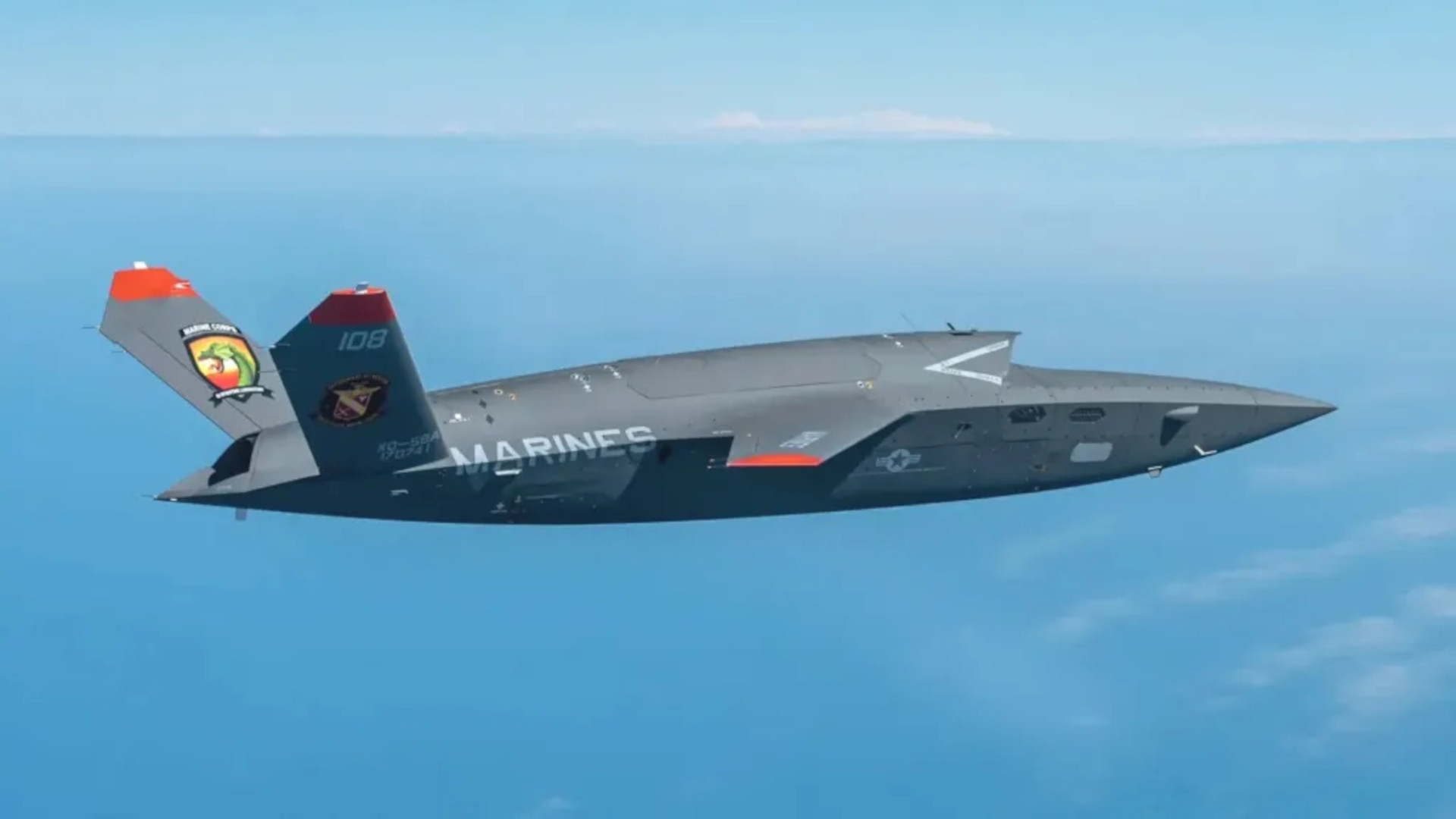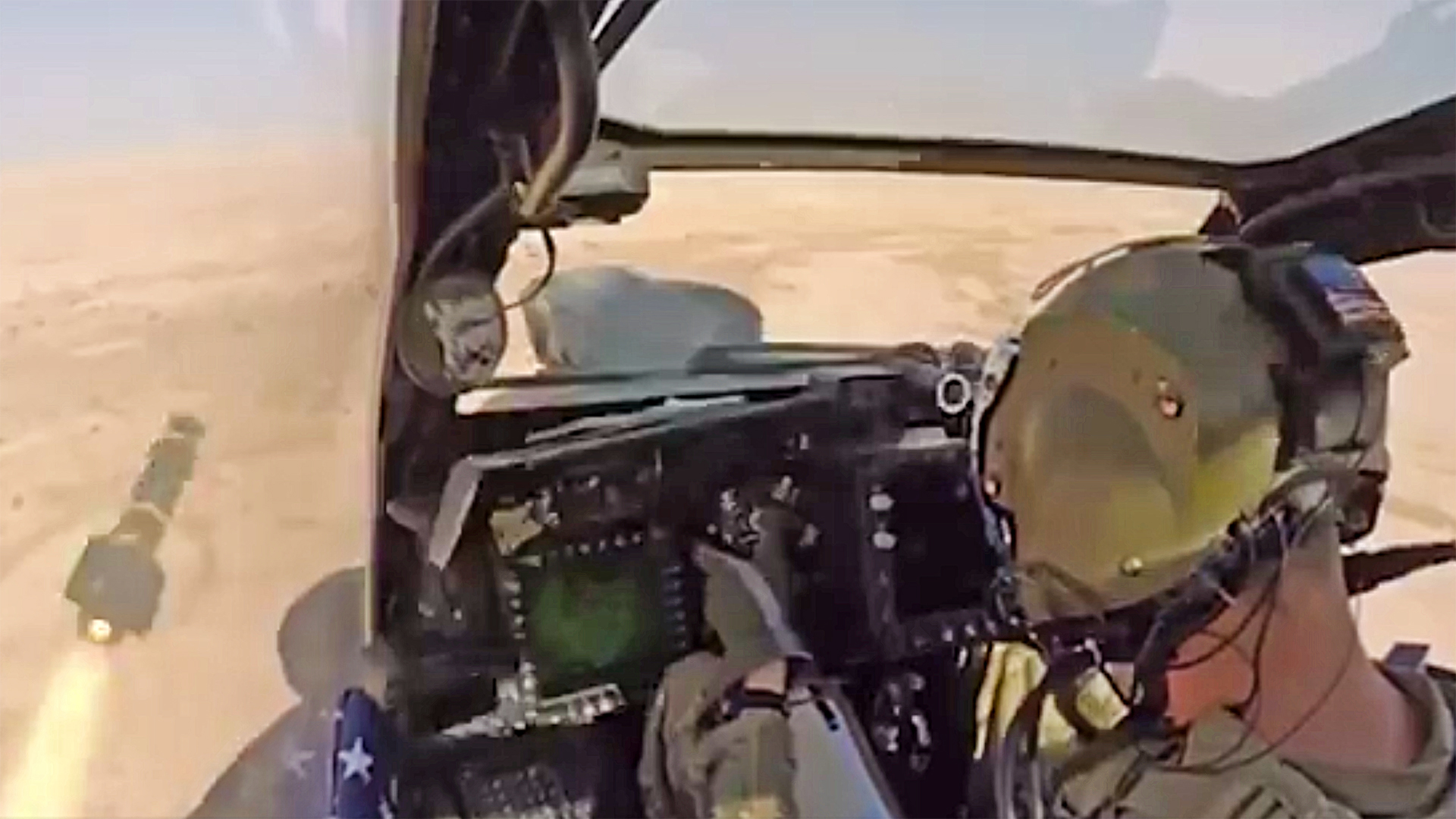- Reaction score
- 9,171
- Points
- 1,160

From more drones to smaller command posts, Army's 3rd ID tests out new tactics - Breaking Defense
“We had battalions and squads with UAS that had not had them in that volume or at those echelons before. We endeavored to make contact with unmanned systems first,” said Col. Jim Armstrong, the commander of 1st ABCT, 3rd ID.
3 ID developments prior to heading to Europe.
Armour
As part of the Army’s plans to field new equipment, the division recently swapped out a glut of legacy equipment for new M1A2 System Enhancement Program version 3 (SEPv3) Abrams main battle tanks, M2A4 Bradley Fighting Vehicles, M109A7 Paladins, Armored Multi-Purpose Vehicle (AMPV) and more.
Soldiers in the 1st ABCT are the first to use the Army’s new tracked combat APMV, designed to replace the M113 family. Norrie and 1st ABCT commander Col. Jim Armstong didn’t go into detail about how the new vehicle might change infantry tactics, but said it has enhanced command and control integration, in part, because the field artillery digital fire system is inside that vehicle.
Command and Control - decoys, fibres, relying on assets that are not "on the board"
Communications will work because they have to be made to work. There aren't any options when spanning theatres like the IndoPacific.
The unit has also completely changed up how it distributes and hides its command posts across the battlefield. For that training exercise in California, for example, the unit kept the “main” larger servers back at Ft. Stewart, Ga., and soldiers back there conducted defensive cyber operations, Armstrong explained.
Smaller servers were then moved forward, allowing the unit to organize command posts differently. Soldiers out of the range of fire set up a command post focused on intelligence, targeting and logistics. Then smaller, more nimble command posts were then disturbed across the battlefield alongside fake ones, making it more difficult for the opponent — this time played by the 11th Armored Cavalry Regiment, also known as the Blackhorse Cavalry — to find the right “needle” in the haystack to strike, the two-star general said.
“Those efforts were extremely effective at masking our own formations while drawing the enemy out so that they could then be targeted here as well,” Norrie added. “All of that was informed by experiences in Europe.”
RELATED: The cloud, fiber optics and hiding in basements: Army races to adapt to new command post threats
“Just a few years ago, our brigade level command posts took on average 14-plus hours just to tear down. We were issuing lengthy orders just to get our units on the move, we weren’t thinking about drones or kind of the threats in the airspace, and we weren’t considering the electromagnetic spectrum,” Norrie said separately.
As part of the Army’s effort to test the effectiveness of new equipment and operating constructs under the “transformation in contact” initiative, those smaller command posts were designed to be set up and broken down in 15 minutes. As for minimizing their electromagnet signature, the Army has been setting up antenna farms several kilometers away from the smaller command posts and then using a fiber cable to link them to soldiers.
Drones -
Anduril Ghost and PDW C-100 moving into the Company Echelon
Skydios are Squad/Platoon vehicles
Switchblade LAMs are in the works



Drones are also playing a more prominent role, with soldiers from the 1st ABCT, 3rd ID showing up in California with 90 platforms, and carrying along systems to shoot the opponents drones down too. The goal? Find new and innovative ways to organize around those weapons and use them, Armstrong said.
“We had battalions and squads with UAS that had not had them in that volume or at those echelons before,” Armstrong said. “We endeavored to make contact with unmanned systems first, right? That was our goal, to make contact with unmanned systems first, to only aggregate and unmask our indirect fires and put our soldiers in direct-fire contact at times and places of our choosing.”
3D Printers in the field
While Armstong and Norrie didn’t disclose if the ABCT used 3D printing this summer out at the training center, the service is continuing to test out the best way to push the capability forward on the battlefield and into armor formations. Part of the work to get there was tested out at a separate training event, this one with soldiers from the 2nd Brigade, 101st Airborne Division on their recent stint at the Joint Readiness Training where they had a 3D printer on the mock battlefield printing out a small plastic replacement part.
During a Sept. 20 interview with Breaking Defense, the acting commander general for Army Materiel Command, Lt. Gen. Christopher Mohan, explained that his team is taking lessons from that event and attempting to iron out the kinks to make it easier for soldiers to print replacements on the future battlefield.
“Our digital repository is too hard to get to [for that] user in the field because it is something that has been established to operate at the strategic, OIB [organic industrial base] level,” Mohan said. “We have to make it easier for units to access it from the field, and then we have to train the right people to know how to access it.”







